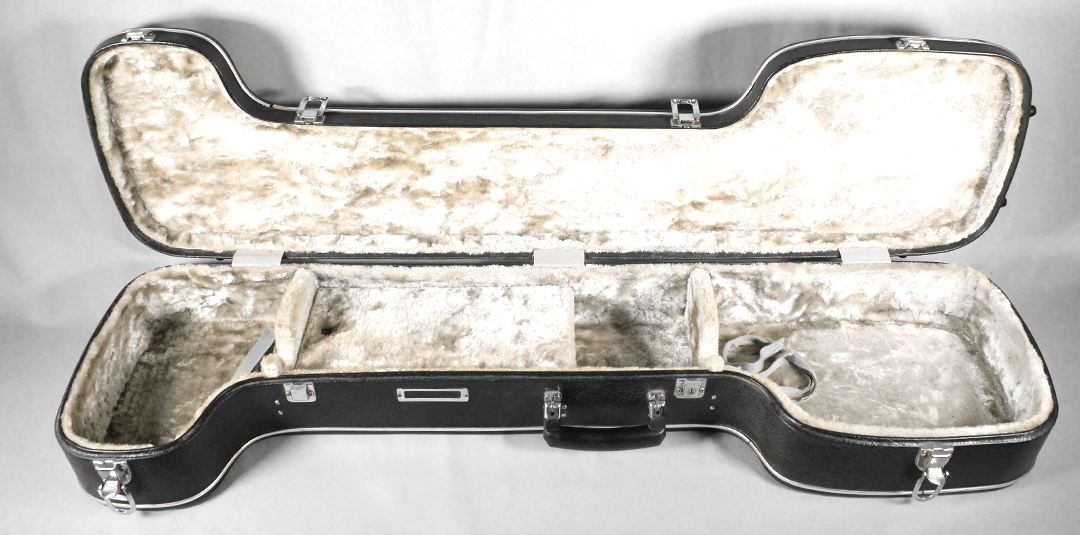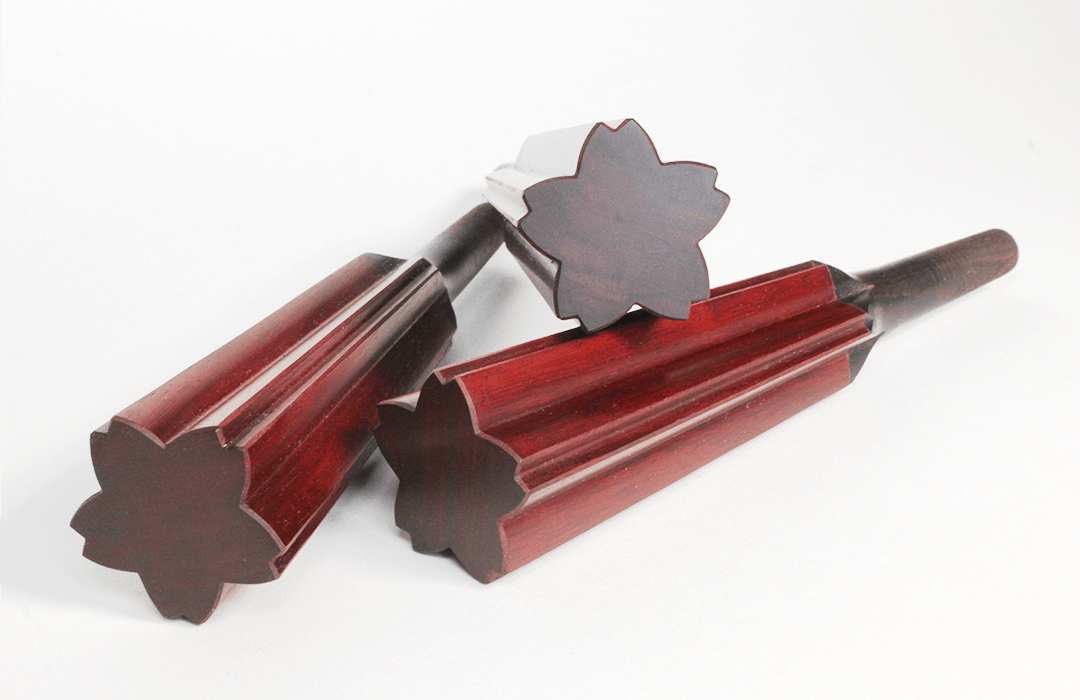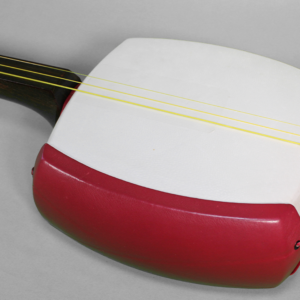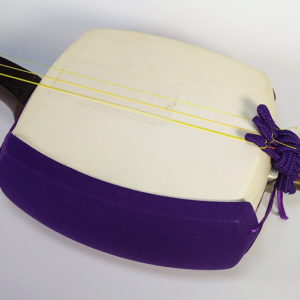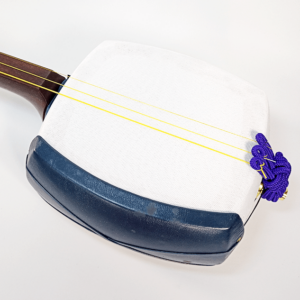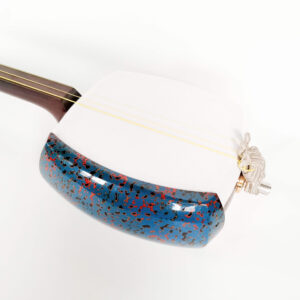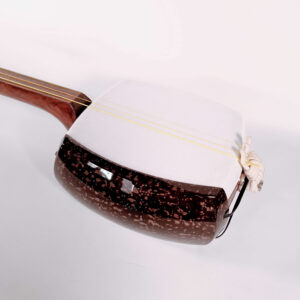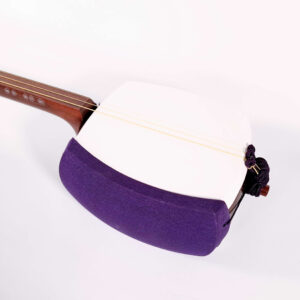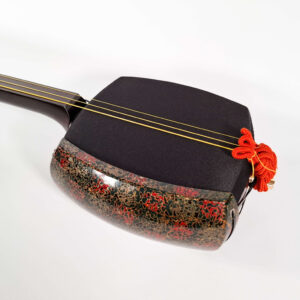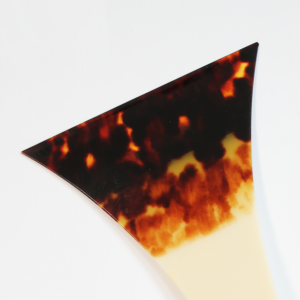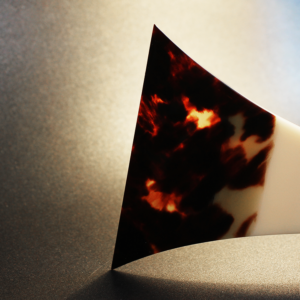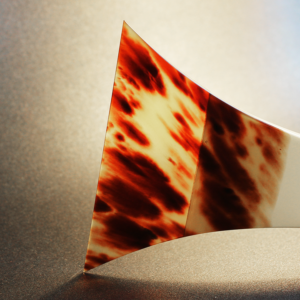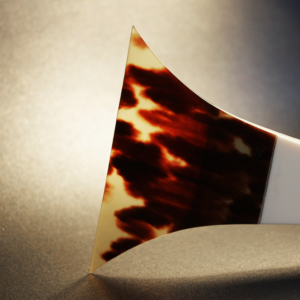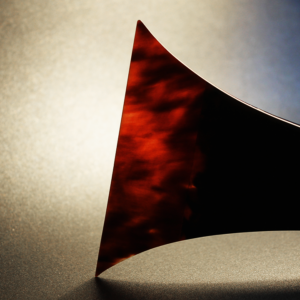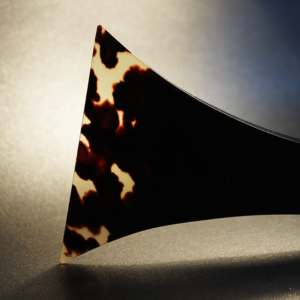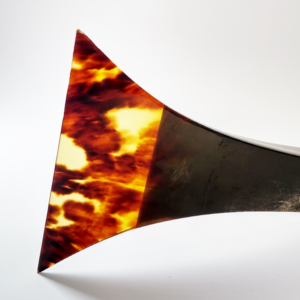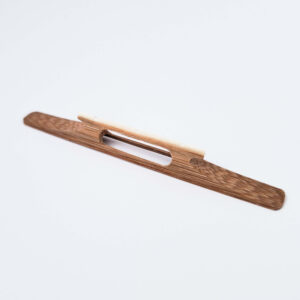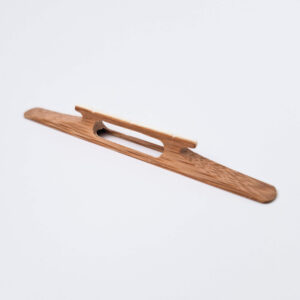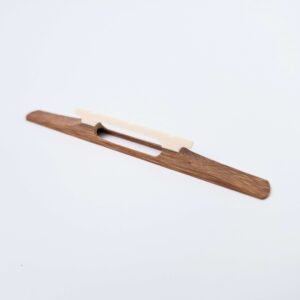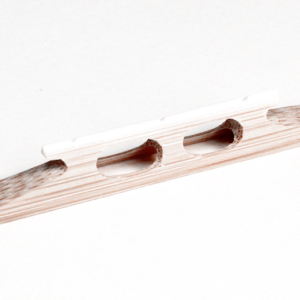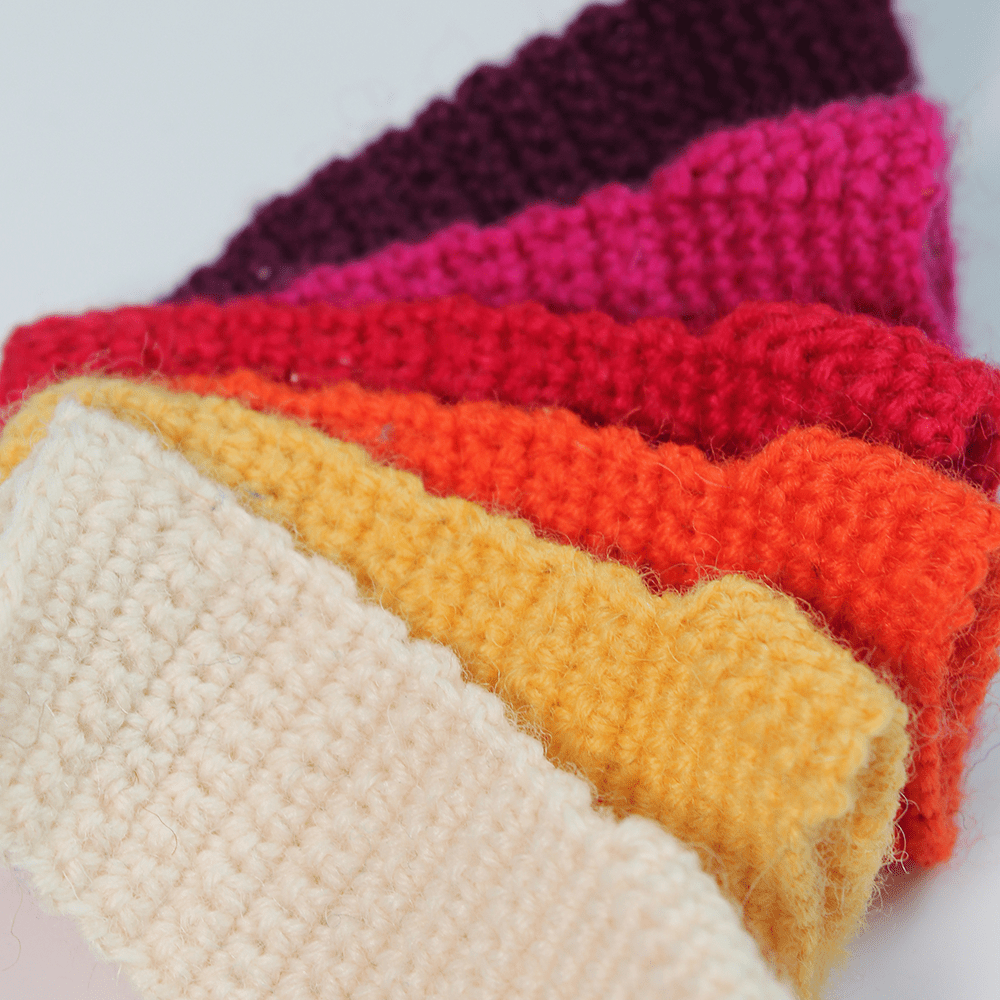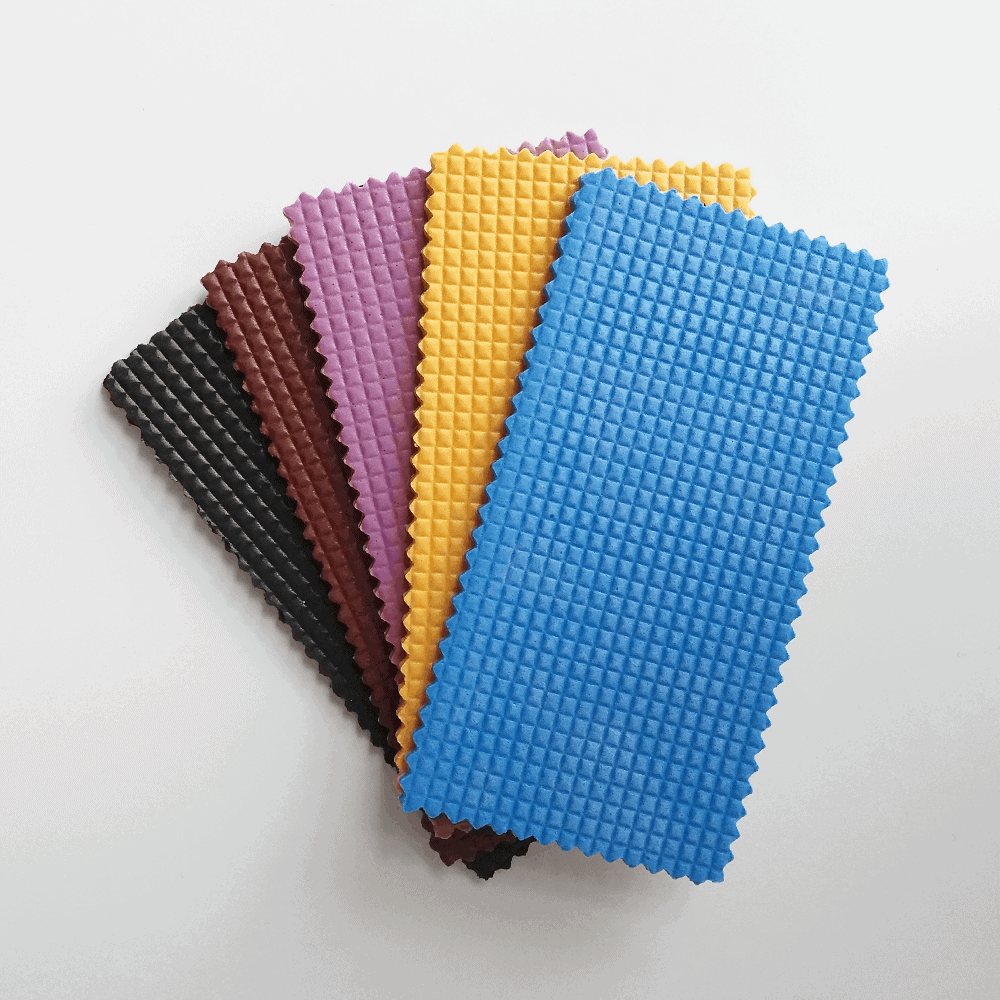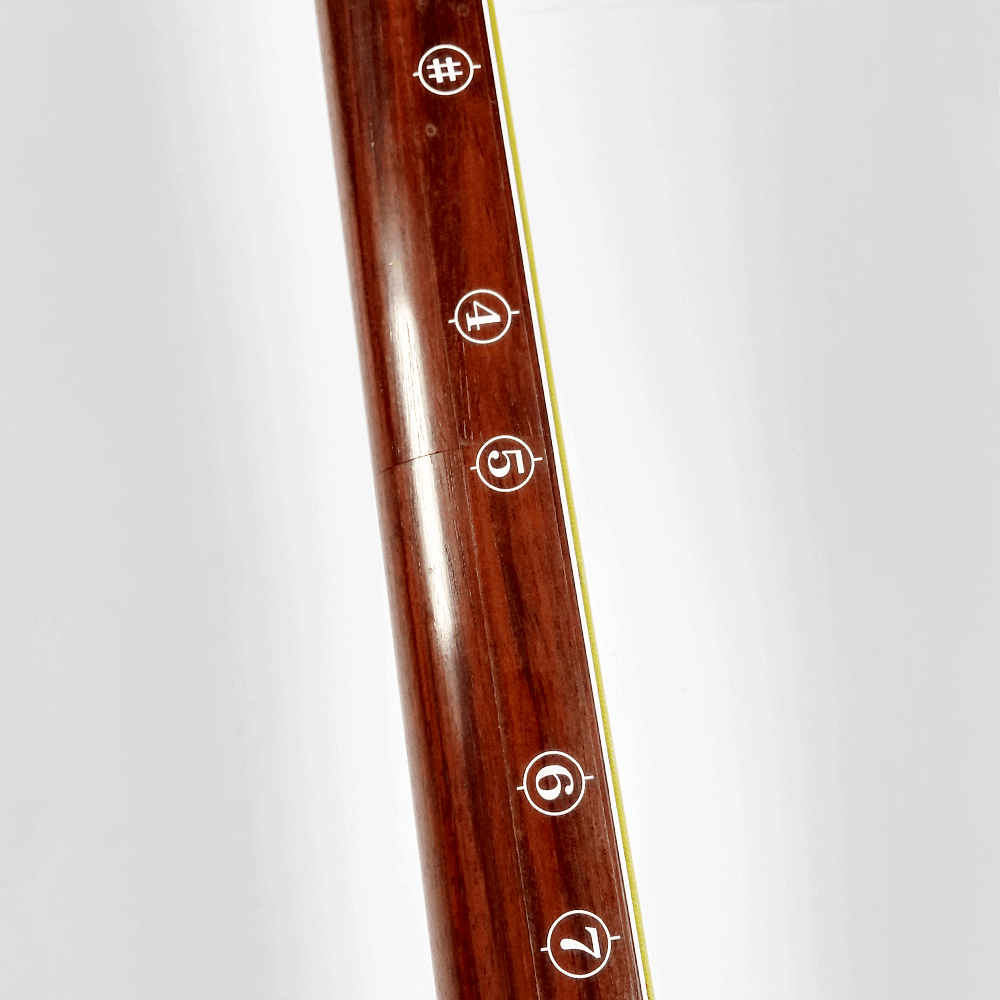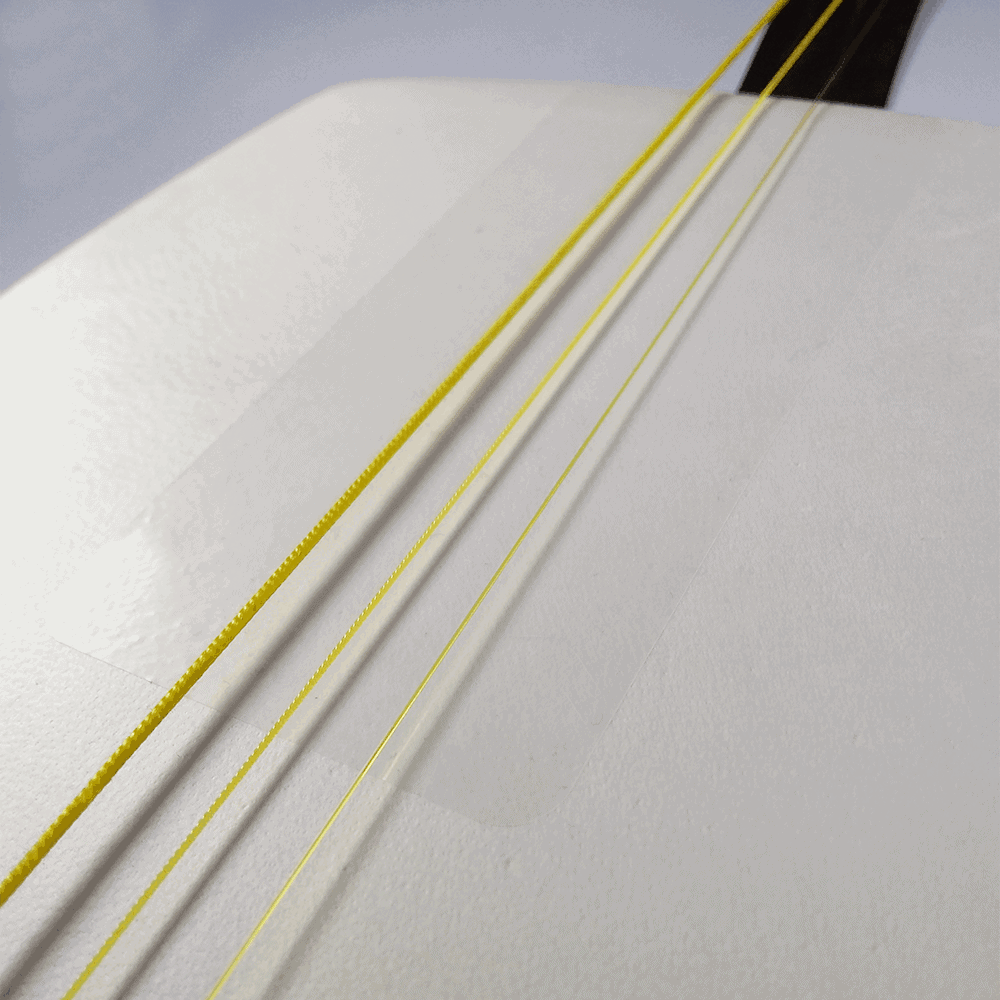Tradition and Modernity
Tsugaru Shamisen ist the modern style from Aomori prefecture in Northern Japan. At first glance, Tsugaru Shamisen might seem “traditional”. But it is a highly modern and innovative genre – not because the instrument has found its way into Rock groups and other popular music genres. The Tsugaru Shamisen style has developed in the 1960s – not even a hundred years ago! Most people might have first heard it in the Yoshida Brothers’ fun songs or in the new anime “Mashiro no Oto”/”Those Snow White Notes”. Tsugaru Shamisen surely is the most popular of all the shamisen styles among young people due to its dynamic and catchy songs.
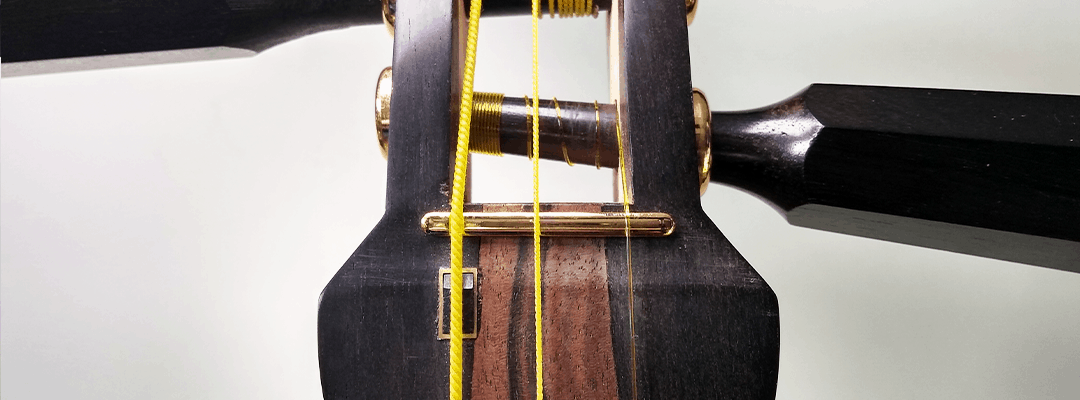
A selection of songs:
“Jongara Bushi” by Agatsuma Hiromitsu
Shamisen and violin with Kinoshita Shinichi and Roby Lakatos
“Shibuki” – Shamisen and Taiko, Kinoshita Shinichi and Hayashi Eitetsu
“Kodo” – Yoshida Brothers
Size
Everything about Tsugaru Shamisen is a bit sturdier compared to other types of shamisen. The neck is wide (futozao), the tuning pegs are chunky, and the sound box is larger as well. What’s not different is the length of the neck. The sturdy build developed from the need to make the instrument louder when it turned into a more solo focused genre. Furthermore, it needed more volume to be heard better outside. The larger sound box and the especially tightly stretched skin make the crisp and loud sound that the other shamisen that are mainly played indoors don’t need.
Bachi and Koma
While everything is larger on the instrument itself, the koma and bachi are smaller compared to other styles. The koma is narrow and low. The narrower the koma, the clearer the sound. The lower the koma, the easier to hit the string and let the bachi follow through onto the skin. The bachi is small and agile with a flexible yet robust blade.
Sound
Apart from its strong and full tone, the percussive element of Tsugaru Shamisen sticks out most. Playing a melody tone while slapping a rhythm with just one movement is a unique and fascinating phenomenon in acoustic music making. What also sticks out to me is the long lasting hypnotizing, sweet buzz that certain passages in the music are constructed for.
Instruments for Tsugaru Style
Showing all 11 results
-
Tsugaru Shamisen Set | Jun
2.245,00 € -
Sale!
Futozao Shamisen Set “Satoru”
Original price was: 1.029,00 €.965,00 €Current price is: 965,00 €. -
Tsugaru Shamisen Set | Takayoshi
2.189,00 € -
Tsugaru Shamisen Set | Hayate
2.649,00 € -
Tsugaru Shamisen Set “Katagiri” – perfect for large hands!
1.479,00 € -
Futozao Shamisen Beginner Set | Taiga
719,00 € -
Tsugaru Shamisen Set | Jirō
1.949,00 €
Bachi
Showing all 22 results
-
Tsugaru Bachi | Bekko | L
435,00 € -
Tsugaru Bachi | Bekko | L
385,00 € -
Tsugaru Bachi | Bekko | M/L
885,00 € -
Tsugaru Bachi | Bekko | S
569,00 € -
Tsugaru Bachi | Bekko | L
349,00 € -
Tsugaru Bachi | Bekko | M/L
389,00 € -
Sale!
Tsugaru Bachi | Bekko + Horn | S/M
Original price was: 569,00 €.439,00 €Current price is: 439,00 €.
KOMA
OTHER ACCESSORIES
Yubisuri
Ever enjoyed sliding over a hardwood floor in wool socks? Using the Yubisuri will bring you the same satisfying sensation when darting up and down your shamisen’s neck. starting at 12,00 €
Dougomu
Stop your shamisen from sliding off your lap while playing with this adhesive rubber mat. Non-adhesive options available, too. 6,00 €
Fujaku Strip
Mark the positions along your shamisen’s neck with this hand position marker. You can also just mark a couple of positions with individual markers. 8,00 €
Bachigawa
Protect your skin with this adhesive protective clear sticker. The extra layer is a good idea if you have a rougher playing style. 1,50 €
What else shall I get?
When you have covered all the basics you need to actually play the shamisen, you might want to level up on some accessories such as a new doukake or a different neo, to make your shamisen look more like “you”. But to make sure your shamisen stays as pretty and happy as it is for as long as possible, I recommend getting some items to keep your shamisen safe and beautiful first.
Protection and Care
The most important thing to protect is the shamisen’s skin. If you have a shamisen with natural skins, you protect the dou from humidity with a washi bag. The next layer of protection – and pleasing to the eye, too – is a soft sleeve to wrap your shamisen in. If you ever want to transport your shamisen farther than from your living room to your balcony, I highly recommend getting a hardcase or at least a softcase/gigbag to get your shamisen safely from A to B. Please make sure you always remove the koma after you’re done with playing to take the pressure off the skin. Give the neck a quick rub with a soft cloth or a tsuyafukin and you’re shamisen is ready for its beauty sleep!
Scores
Tsugaru Shamisen scores are written in bunkafu notation. That’s a super easy to read tabulature notation. There’s a lot of modern solo pieces and some duets. Another very important genre is Tsugaru Minyo that incorporates singing and a small taiko as well. The lyrics are always written in the notation.
